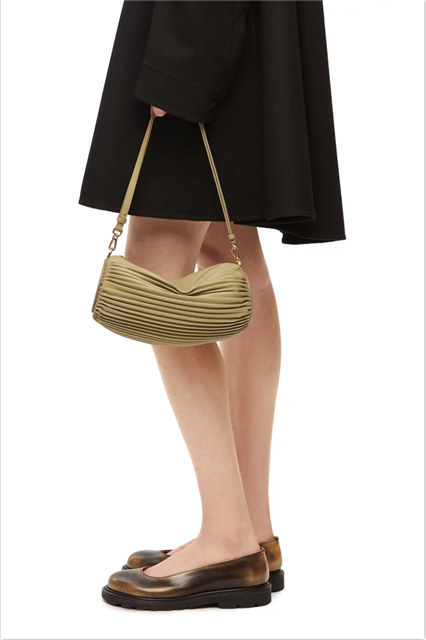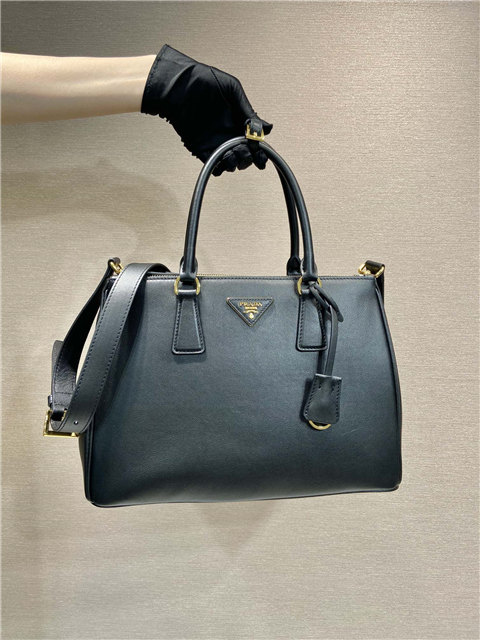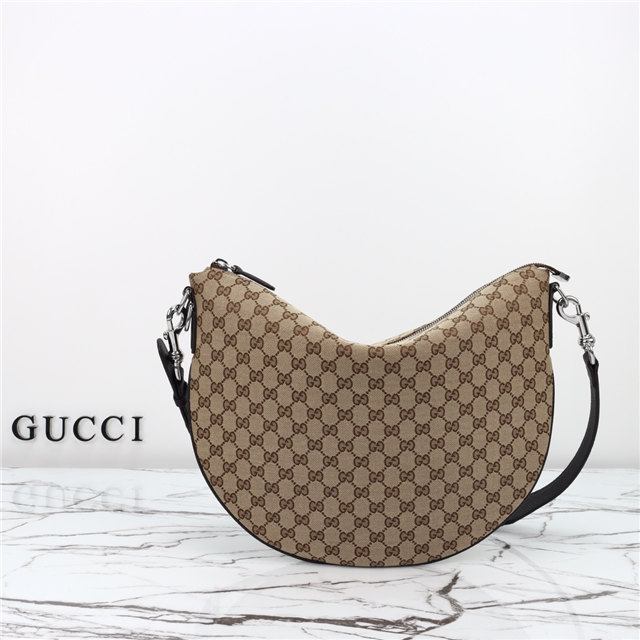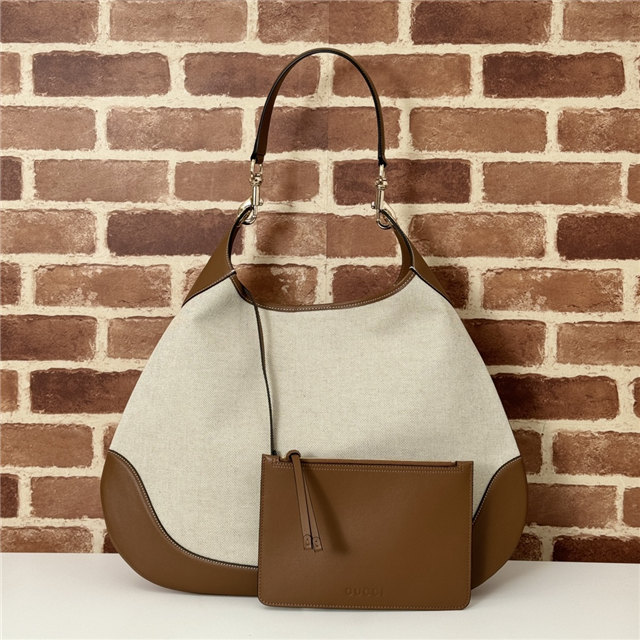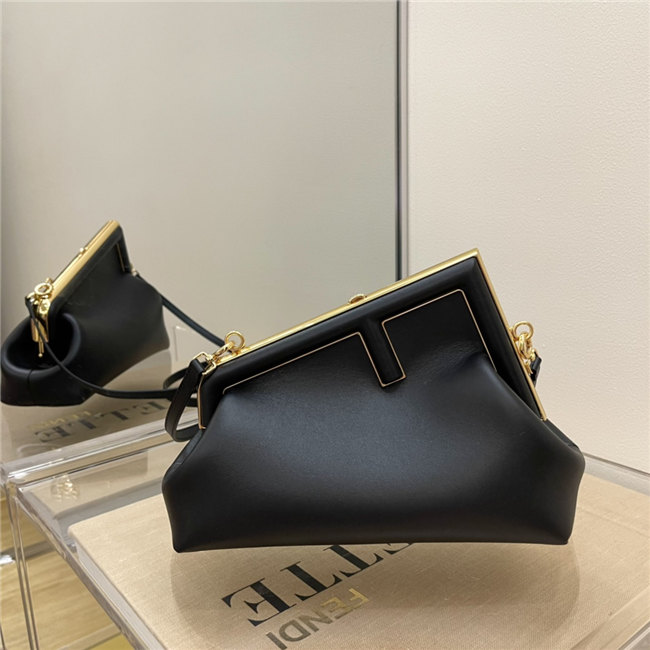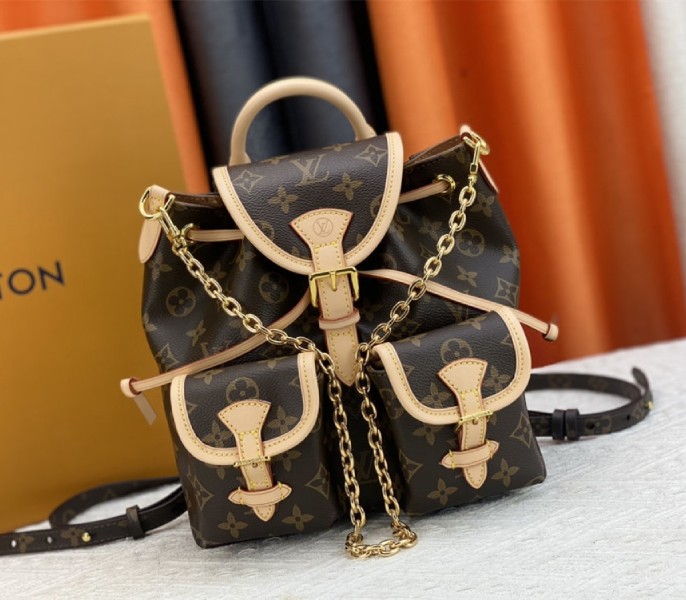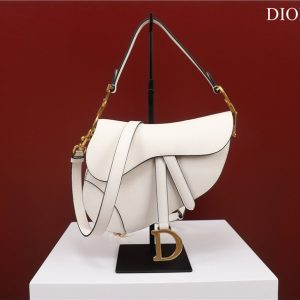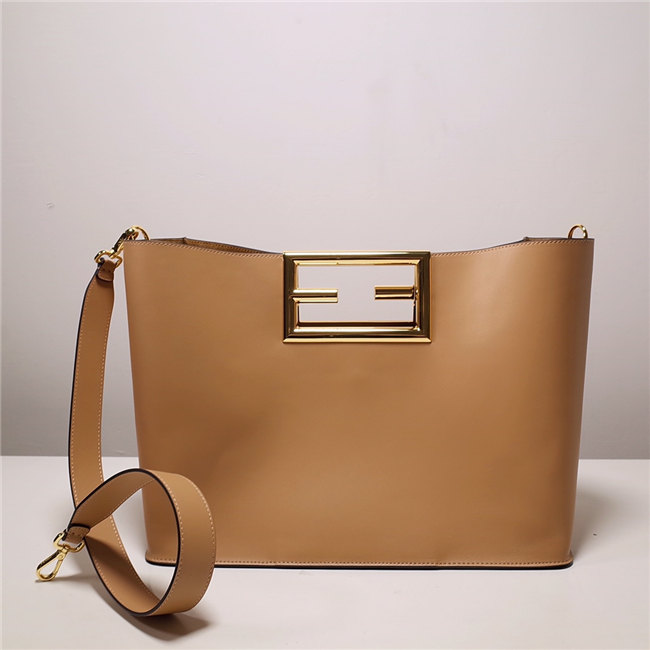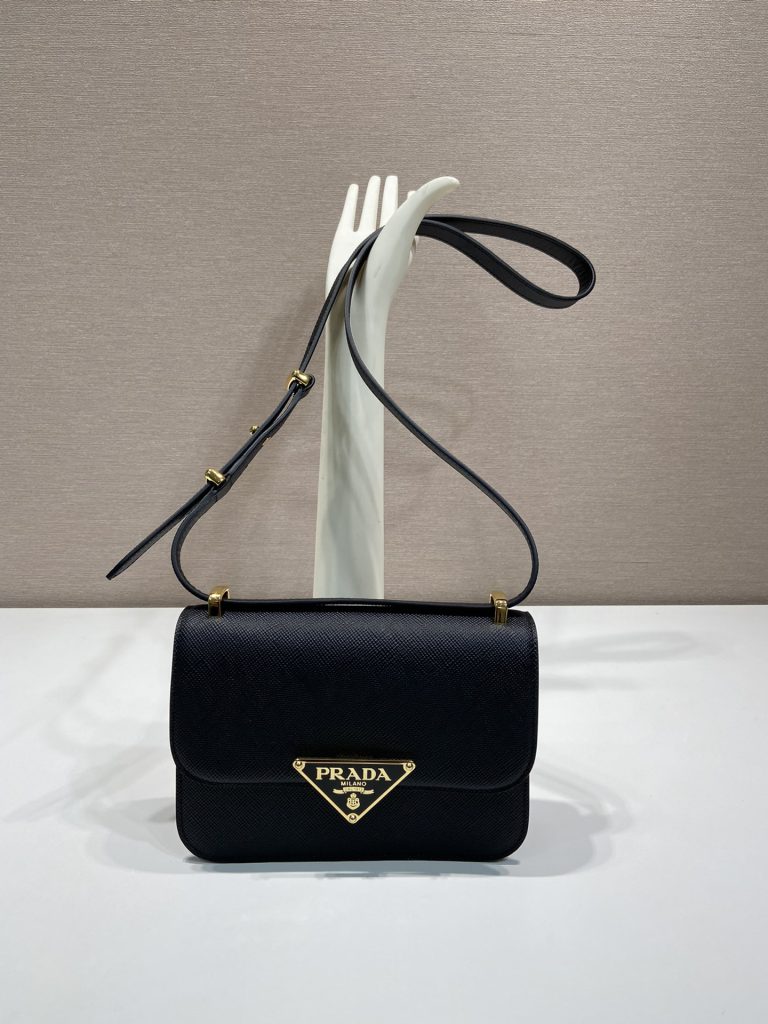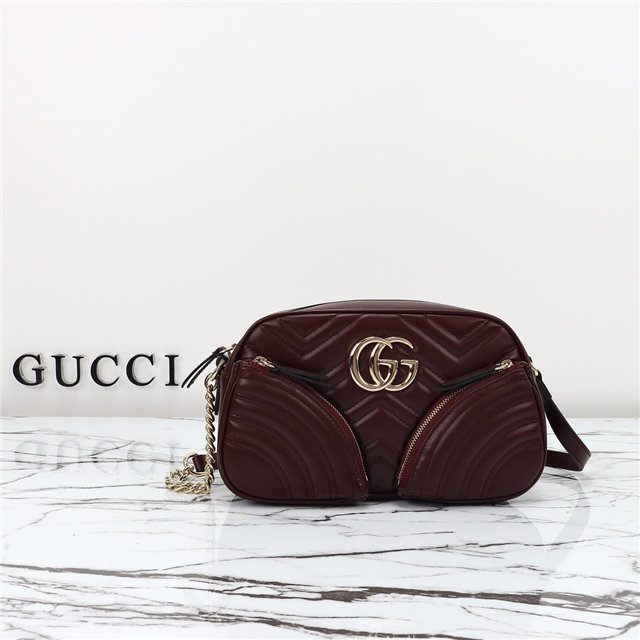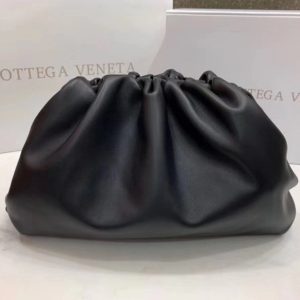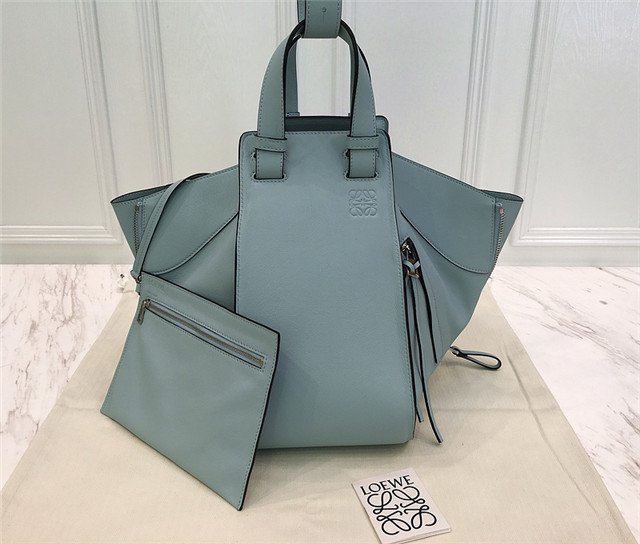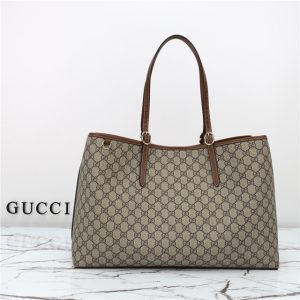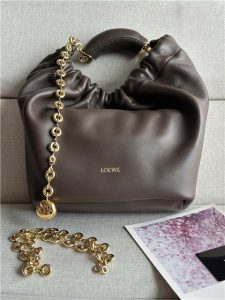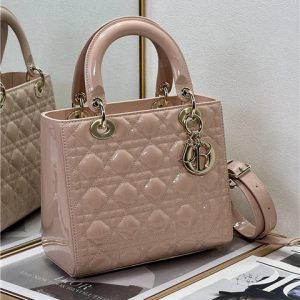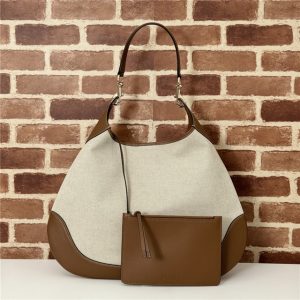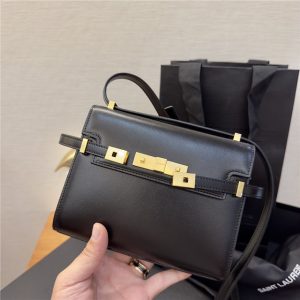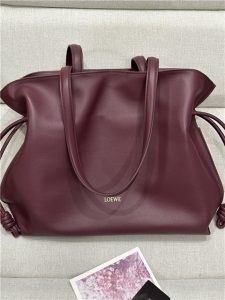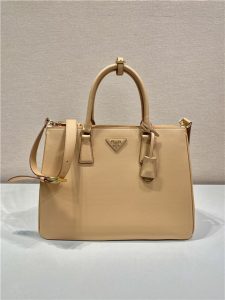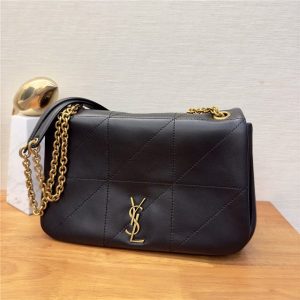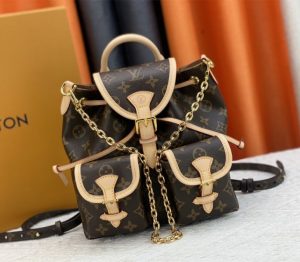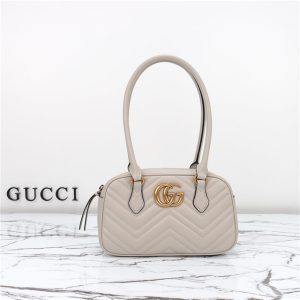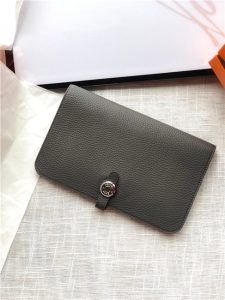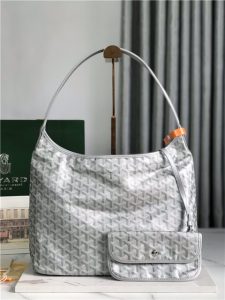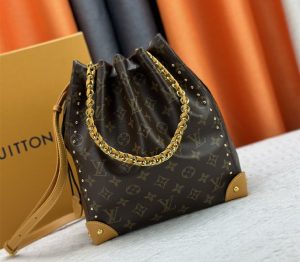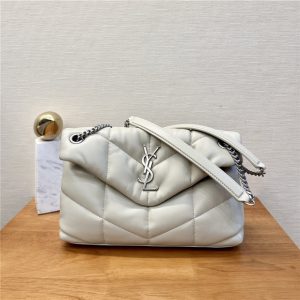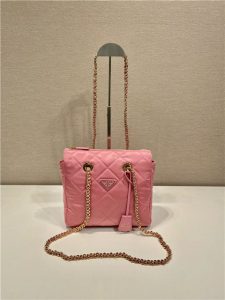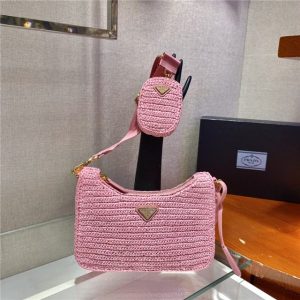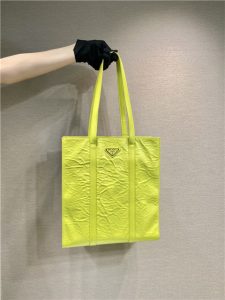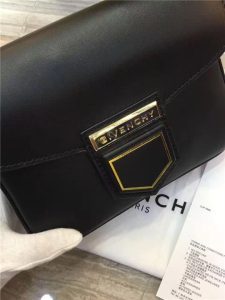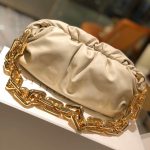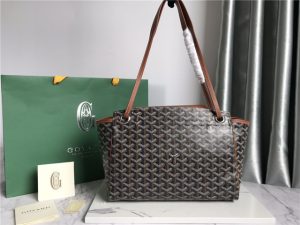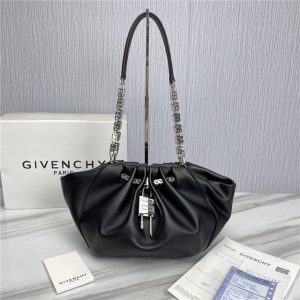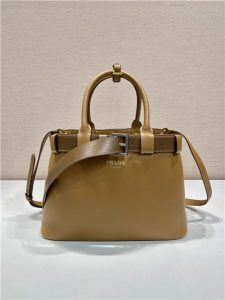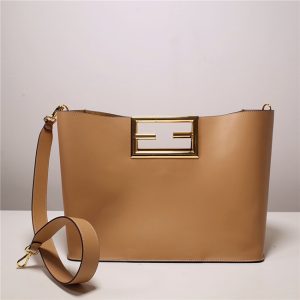One thing you gotta watch out for (pun intended!) is the fakes. Seriously, they’re everywhere. I mean, you see stuff like “Sturmanskie” watches that are so obviously not Sturmanskies, it’s almost comical. Someone in some forum somewhere had a whole list of fakes they’d found, and it was *long*. Like, ridiculously long. It’s enough to make you wanna just stick to wearing a sundial.
And it’s not just about making exact copies. Sometimes they just slap a brand name on a completely different watch. Like, imagine seeing a “Raketa Big Zero” but it’s, like, neon pink and has Mickey Mouse hands. Okay, maybe not *that* extreme, but you get the idea. They’re trying to trick people who don’t know their Poljots from their Pobeda.
Which brings me to another point: Frankens. Now, this is where things get kinda murky. A “frankenwatch” is basically a watch made up of parts from different watches. Maybe the dial’s from one watch, the case from another, the hands from a third. I’m generally okay with frankens, to be honest, as long as the seller is upfront about it. I mean, let’s face it, finding a completely original vintage Russian watch in perfect condition is like finding a unicorn that can play the balalaika. It’s just not gonna happen.
But here’s the key difference, at least in my book: a franken is *not* a fake. A fake is trying to be something it’s not. A franken is just… a bit of a mongrel. It’s honest about its mixed heritage.
Personally, I think it’s all about knowing what you’re buying. Do your research! Don’t just blindly trust some dude on eBay who says his “ultra-rare Soviet diver” is totally legit. Learn to spot the telltale signs of a fake – the wrong font on the dial, the cheap movement, the overall feeling that something just isn’t right.
Oh, and this reminds me. I had a Buran once, made at the 1MWF, that’s the First Moscow Watch Factory. Solid watch, but always wondered about its story. You know, where it had been, who wore it? The thing about Soviet-era stuff is the history, the stories, the… vibe, I guess.

